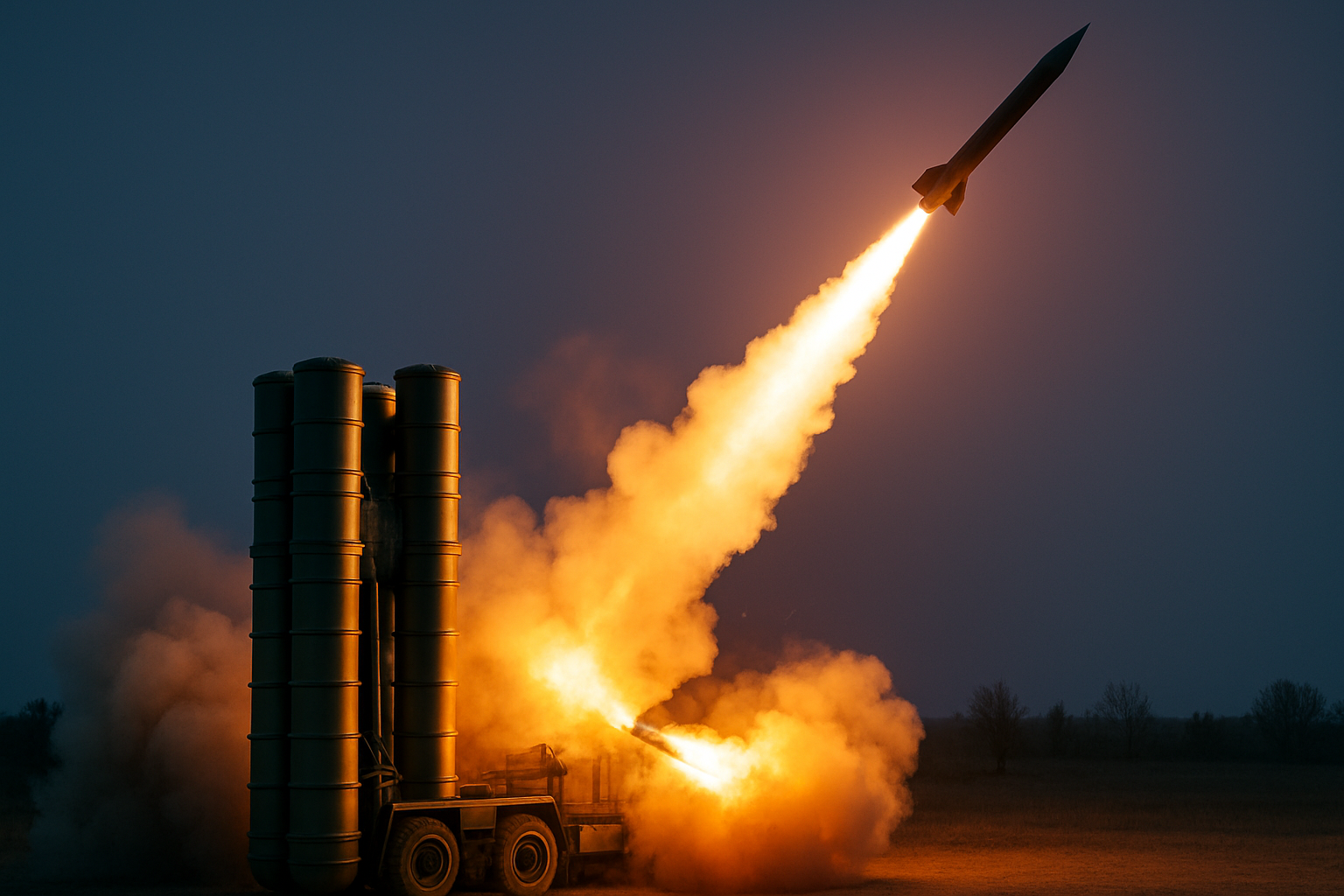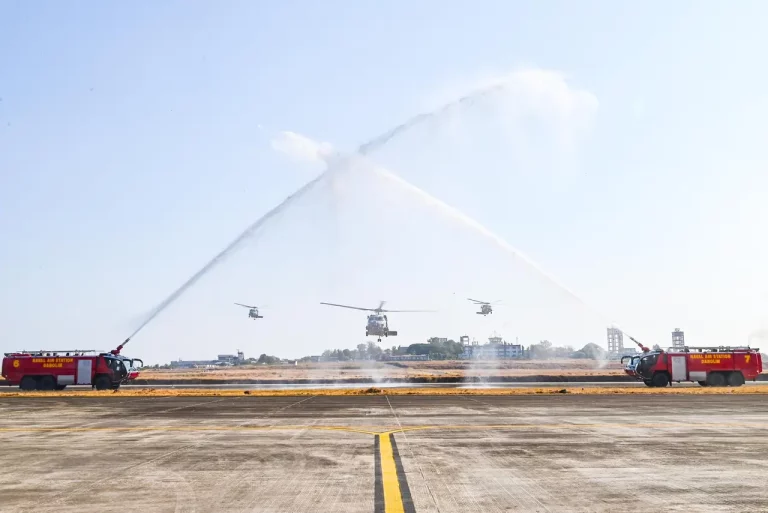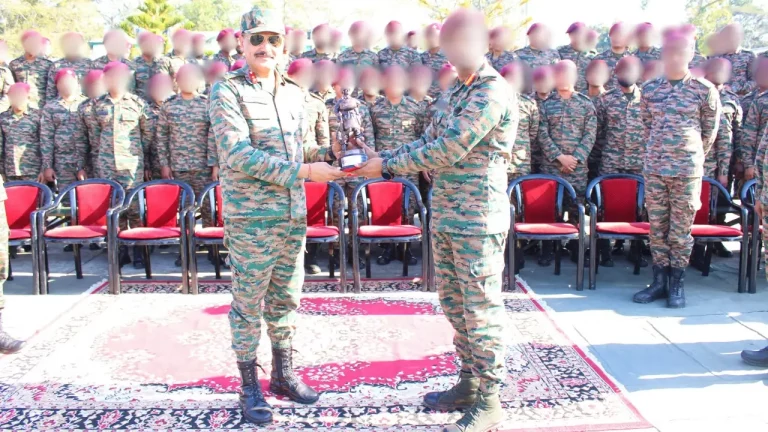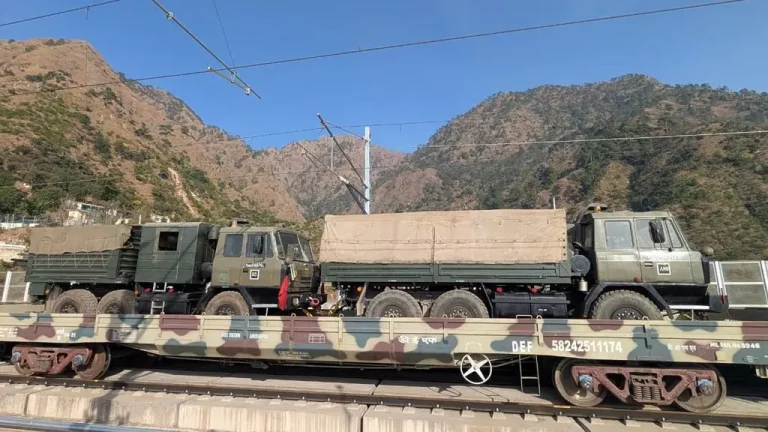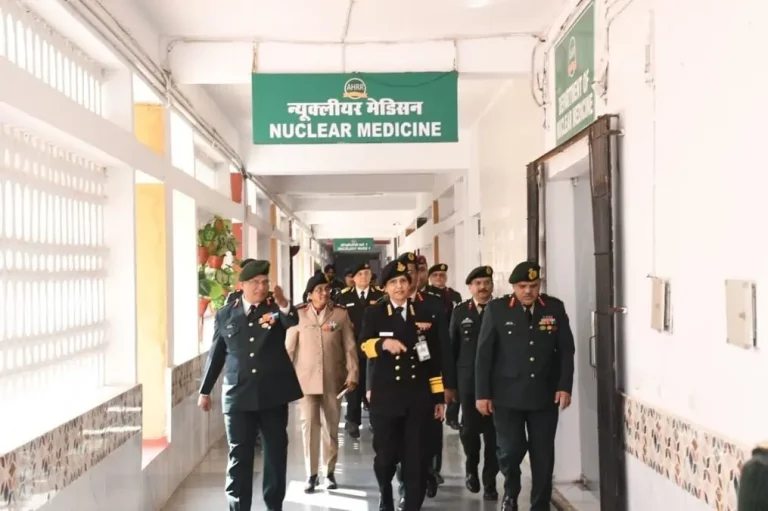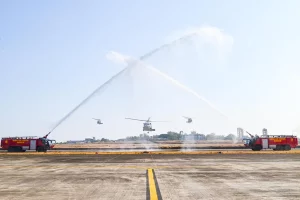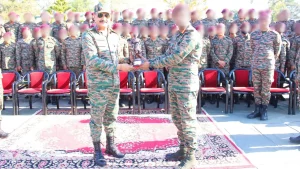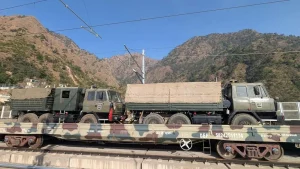In a significant development for India’s defense capabilities, the Indian S-400 Triumf surface-to-air missile system reportedly shot down a Pakistan Air Force (PAF) Saab Erieye-2000 airborne early warning and control (AWACS) aircraft during a brief military confrontation in May 2025. This incident marks a historic achievement, as it is the longest kill ever recorded by a surface-to-air missile in combat, occurring at a remarkable distance of 314 kilometers.
The operation, part of India’s “Operation Sindoor,” was a swift and strategic response aimed at neutralizing key Pakistani military assets following recent provocations along the border. The successful interception highlights the advanced technological proficiency of the Indian Air Force (IAF) and underscores its capability to implement a well-planned integrated air defense system.
The S-400, acquired from Russia in a $5.4 billion deal spearheaded by former Defense Minister Manohar Parrikar, has faced scrutiny and skepticism from international observers, particularly amid the ongoing Ukraine conflict. However, in the context of Indian defense, the S-400 system has demonstrated its effectiveness by engaging various aerial threats, from air-launched cruise missiles to drones, and now, notably, the critically important AWACS aircraft, a pivotal component for the PAF.
This recent interception was not the first time a Saab Erieye-2000 has been lost by Pakistan, but it stands out for its strategic implications. The Pakistani AWACS was operating deep within its own airspace when it was struck, reinforcing the capabilities of India’s air defense network.
Additionally, reports from Indian media, including statements by retired Air Marshal Masood Akhtar of the Pakistan Air Force, confirmed the loss of another AWACS platform during the operation, which was hit by a BrahMos missile while stationed at a hangar in Bholari airbase. This double loss serves to highlight the vulnerability of Pakistan’s aerial capabilities.
The significance of the 314-kilometer engagement lies not just in its range, but in the broader implications it has for regional air dominance. The S-400 system utilizes various missile types, including the long-range 40N6, capable of targeting aerial threats up to 400 kilometers away. Enhanced by high-resolution radar systems and command centers, it can track and engage multiple targets simultaneously, bolstering its operational effectiveness.
Currently, India has inducted three units of the S-400 system, strategically positioned on both the western and eastern fronts. While the delivery of the remaining units has faced delays due to the conflict in Ukraine, discussions are ongoing, with National Security Advisor Ajit Doval planning a visit to Moscow, where accelerating these shipments is expected to be a key agenda item.
Encouraged by the S-400’s performance, Indian defense strategists are looking ahead to potential acquisitions of the next-generation S-500 ‘Prometheus,’ which boasts a range extending up to 600 kilometers and advanced capabilities to intercept hypersonic threats and ballistic missiles.
The operational success of the S-400 aligns with India’s evolving air defense doctrine, which advocates for a comprehensive, layered approach. The IAF’s air defense strategy integrates aerial interceptors, surface-to-air missiles, and close-in weapon systems to form a resilient defense matrix capable of addressing a variety of threats 24/7.
With nearly 50 surface-to-air missile units in operation—including systems from both domestic and international origins—the Indian Air Force is transitioning towards a comprehensive Integrated Air Defense System (IADS) that melds various defensive platforms into a cohesive protective framework.
Parrikar’s commitment to pursuing the S-400 deal, despite external pressures and sanctions, is now being vindicated as India’s air defense capabilities significantly strengthen. His strategic foresight laid the groundwork for a modern air defense architecture that can adapt to rapidly changing geopolitical landscapes.
The events of May 2025 have not only enhanced the global reputation of the S-400 but have also repositioned India as a formidable force in long-range air defense warfare. As adversaries, including China, bolster Pakistan’s military assets, India’s proactive approach in upgrading its defensive capabilities is both timely and essential.
As the Indian military continues to integrate advanced missile technology, the message to potential adversaries is unmistakable: attempts to breach Indian airspace will face formidable obstacles—possibly resulting in historic interceptions from vast distances.
